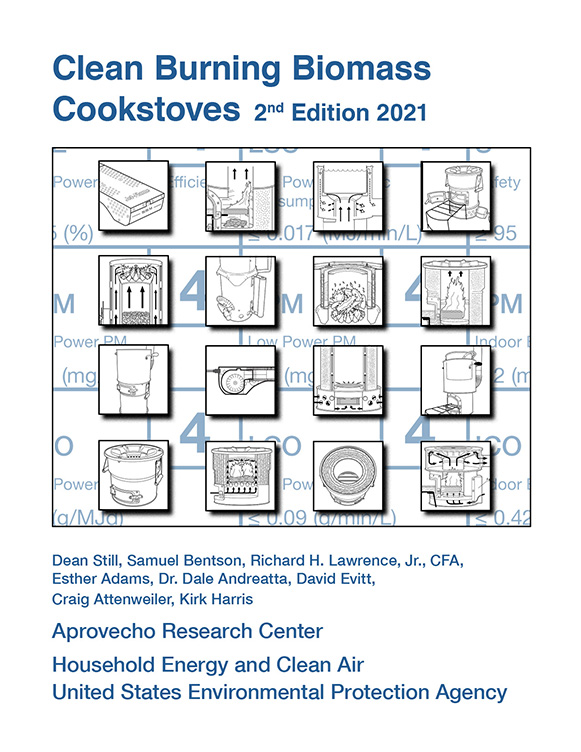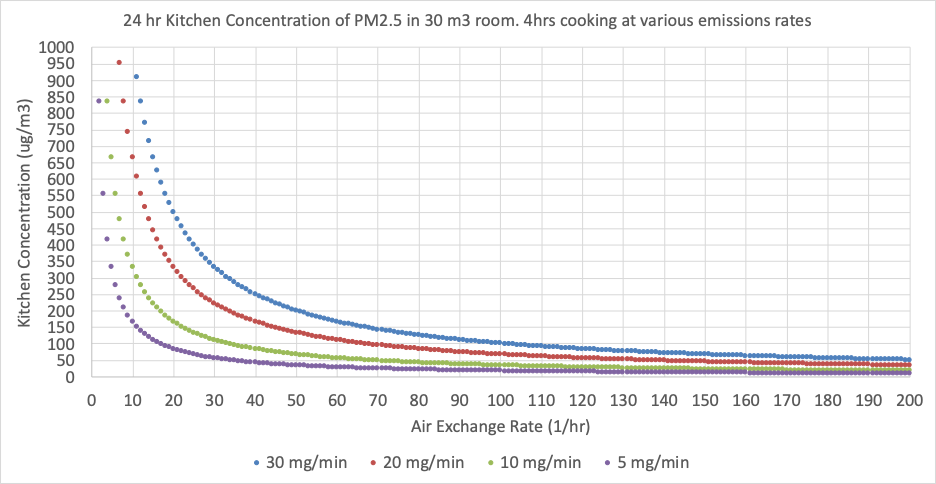Aprovecho Research Center is pleased to announce that it has just been awarded a $50,000 grant from The Osprey Foundation in support of expanding research into the connection between biomass combustion and climate change.
To date, a handful of lab and field studies have resulted in relatively little information on how stove/fuel interventions could impact emissions. The Gates funded GH Labs has partnered with us in this project because information is vitally needed to make sure that stove interventions are most productive.
Research has identified renewable biomass as carbon neutral but only when burned without making climate forcing emissions. Aprovecho manufactures and sells the Laboratory Emissions Monitoring System (LEMS) as a tool to characterize cook stove performance. The LEMS enables ARC to develop stoves addressing climate, health, and effectiveness. It has become the centerpiece of more than 60 cookstove laboratories worldwide.
The LEMS measures thermal efficiency and the emissions rates of PM2.5, CO, CO2, and Black Carbon. Minimizing those emissions is important for addressing climate change and protecting human health. The effectiveness of the stoves is assured when cooks are deeply involved in designing them.
Non-methane hydrocarbons (NMHC) and methane contribute to a significant fraction of the global warming potential, especially from charcoal burning stoves, but to date have not been measurable with the LEMS.
The Osprey Foundation sponsored project goals are:
- Adding the measurement of methane and NMHC to the LEMS.
- Surveying the global warming potential of wood burning stoves and charcoal stoves and creating market driven designs that address climate/health/effectiveness.
- Widely distributing open source information (including CAD drawings) describing how to minimize climate forcers in biomass stoves.
At the Leaders Summit on Climate hosted by President Biden, the U.S. government pledged to help countries achieve their climate ambitions through expanding access to clean cooking. We feel very lucky to be investigating how to manufacture improved biomass stoves that cook well, are affordable, and protect personal and planetary health. Thank you, Osprey Foundation!




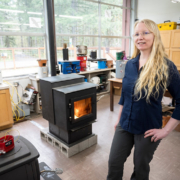
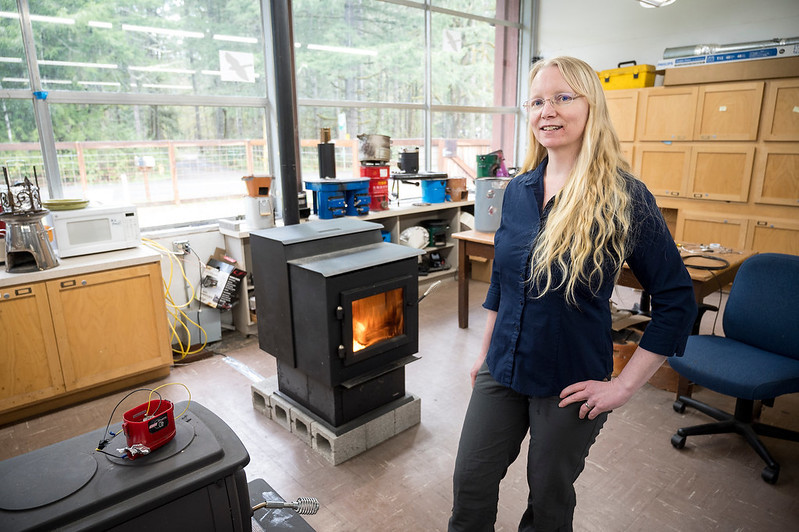
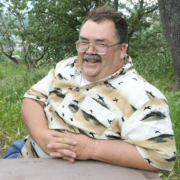








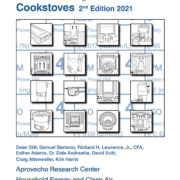 Aprovecho Research Center
Aprovecho Research Center